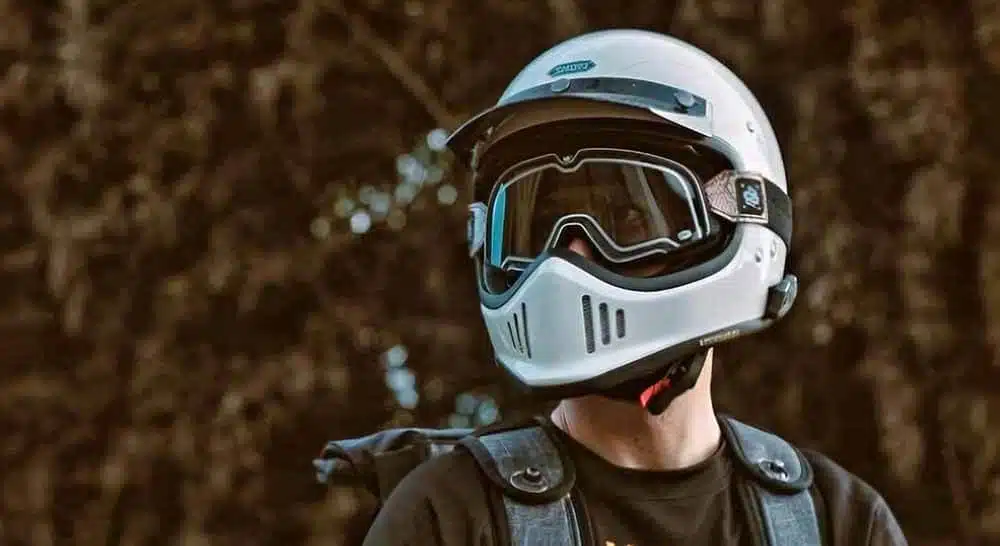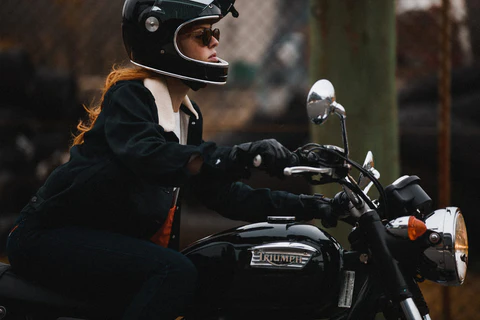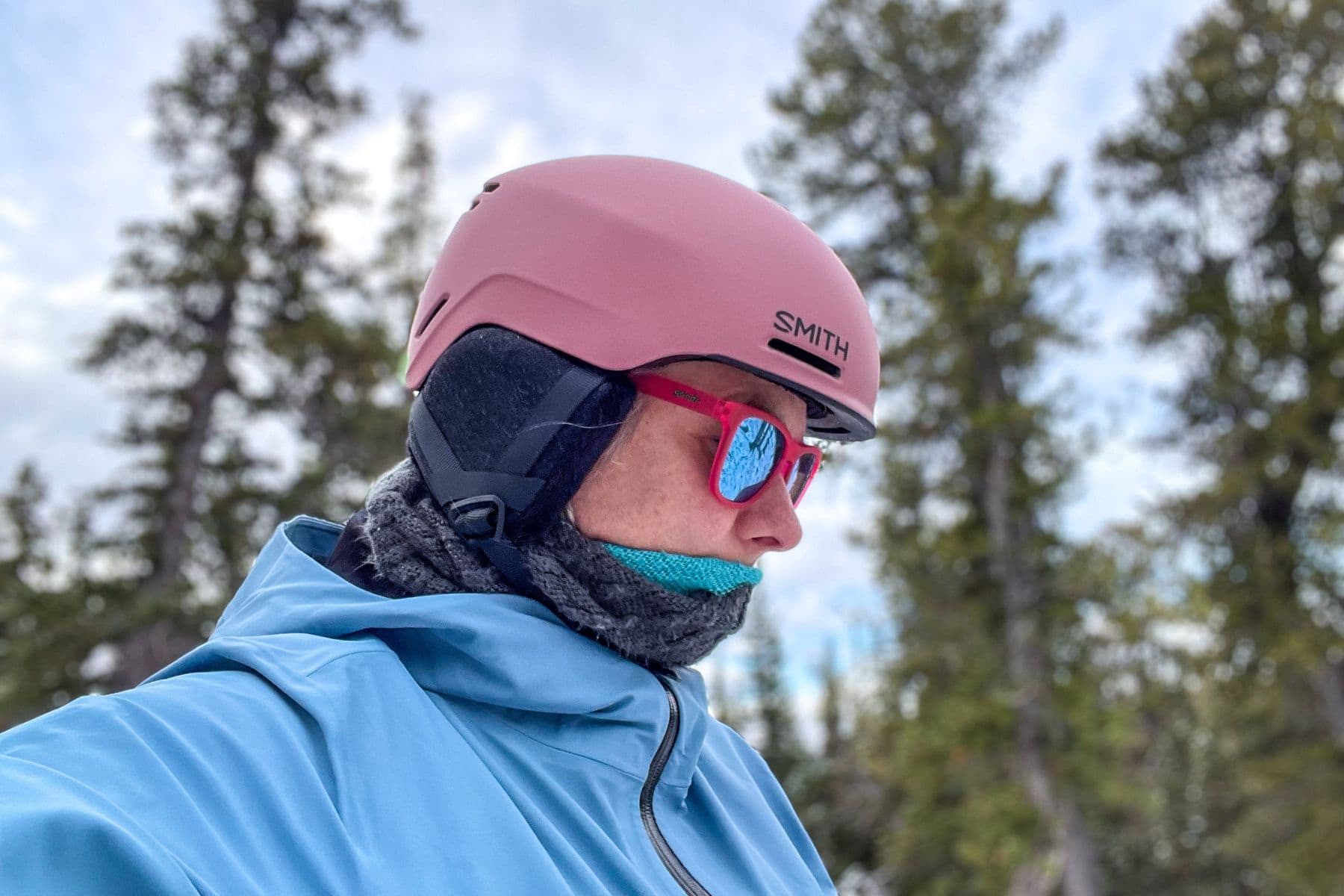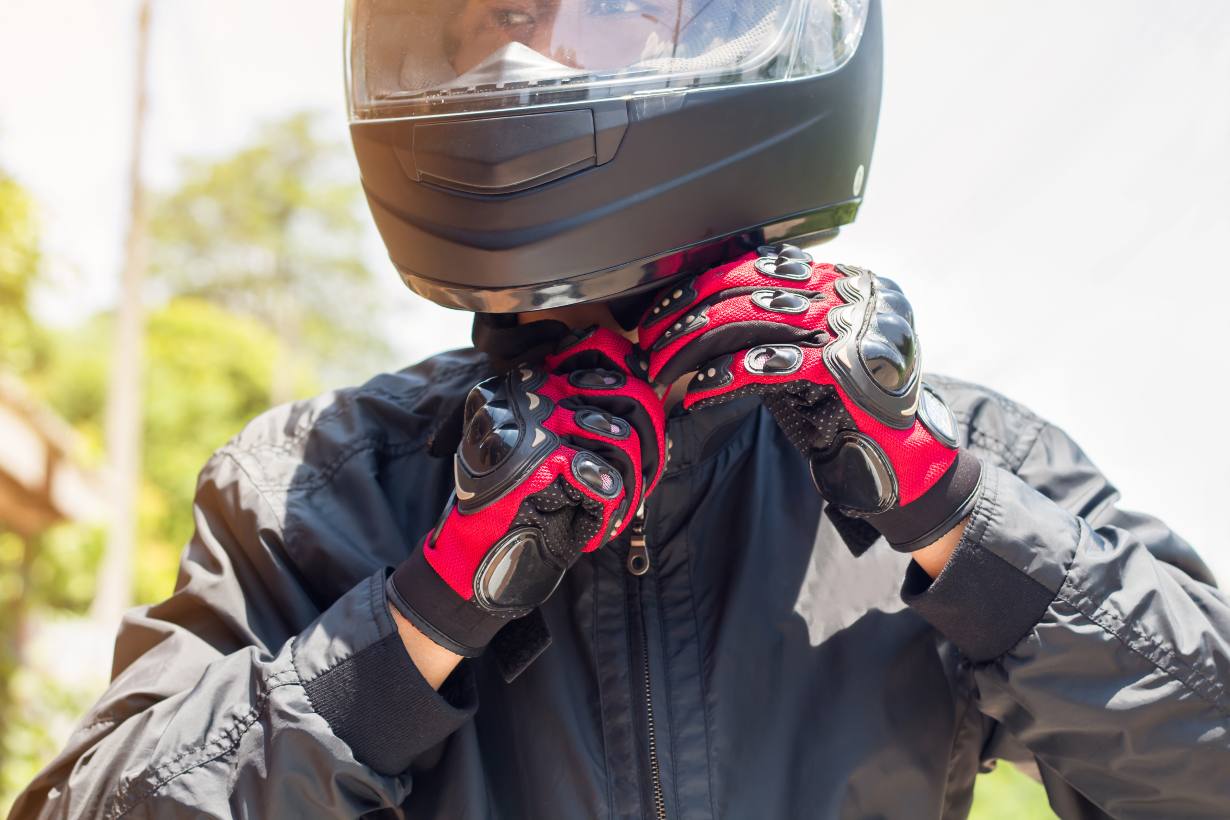When it comes to motorcycling, safety is paramount. Whether you’re a casual rider or a dedicated motorcyclist, a full-face helmet provides the best protection. But there’s more to these helmets than just safety.
With advancements in design, technology, and features, full-face helmets offer both style and function. This guide covers everything you need to know to find the perfect full-face helmet for your needs.
1. What is a Full-Face Helmet?
- Definition and Structure: A full-face helmet is a type of helmet that covers the entire head, including the face, chin, and jawline. It offers more protection than open-face or modular helmets.
- Key Components: Shell, EPS liner, visor, padding, and chin guard. Each component plays a crucial role in impact protection and comfort.
2. Benefits of Full-Face Helmets
- Maximum Protection: Protects the entire head and face, reducing injury risk in crashes.
- Weather Protection: Shields against wind, rain, dust, and sun glare.
- Noise Reduction: Designed to reduce wind and road noise, enhancing rider comfort.
- Stylish and Aerodynamic: Modern full-face helmets come in sleek designs that reduce drag and improve riding efficiency.
3. Key Features to Look for in a Full-Face Helmet
- Safety Certifications: DOT, ECE, Snell, or SHARP ratings ensure the helmet meets strict safety standards.
- Ventilation System: Good airflow is essential for comfort, especially during long rides.
- Visor Quality and UV Protection: Look for anti-fog, scratch-resistant visors with UV protection.
- Weight and Comfort: A lightweight helmet reduces neck strain and fatigue.
- Inner Padding and Lining: Removable, washable linings enhance hygiene and allow for a custom fit.
- Communication System Compatibility: Many helmets are designed to fit Bluetooth communication devices.
4. Choosing the Right Size and Fit
- Measuring Your Head: Tips on accurately measuring head circumference and selecting the right size.
- Trying On and Adjusting: Advice on trying on helmets to ensure a snug, secure fit.
- Helmet Fit Check: Checkpoints to ensure your helmet doesn’t slip or move excessively.
5. Types of Full-Face Helmets
- Sports/Racing Helmets: Lightweight and aerodynamic, designed for speed.
- Touring Helmets: Focus on comfort for long-distance rides with additional padding and ventilation.
- Dual-Sport Helmets: Hybrid designs for both off-road and street use.
- Budget vs. Premium Helmets: Discuss the difference in quality, material, and features between budget and high-end options.
6. Maintenance and Care Tips
- Cleaning: Instructions on cleaning the outer shell, visor, and inner lining.
- Storage: Proper storage tips to avoid damage from sun and moisture.
- When to Replace Your Helmet: Recommendations on replacing helmets after impact or every 3-5 years.
7. Top Full-Face Helmet Brands and Models
- Popular Brands: Shoei, Arai, AGV, HJC, Bell, and others renowned for quality and safety.
- Model Comparison: A brief comparison of popular models within various price ranges.
8. Frequently Asked Questions (FAQs)
- Why is a full-face helmet safer than other types?
- How do I reduce fogging on my visor?
- Can I use a full-face helmet for off-road riding?
- What’s the lifespan of a full-face helmet?
- How do I know if my helmet meets safety standards?
Conclusion
Full-face helmets offer the best combination of safety, style, and comfort for motorcyclists.
Choosing the right helmet involves understanding your specific needs, such as safety features, fit, and budget.
With the right helmet, every ride can be both thrilling and secure, giving you peace of mind and protection on the road.








